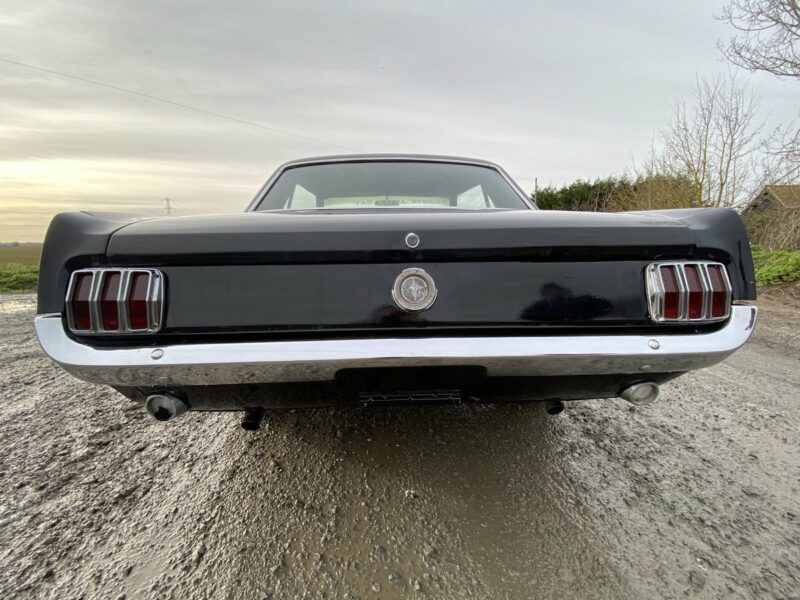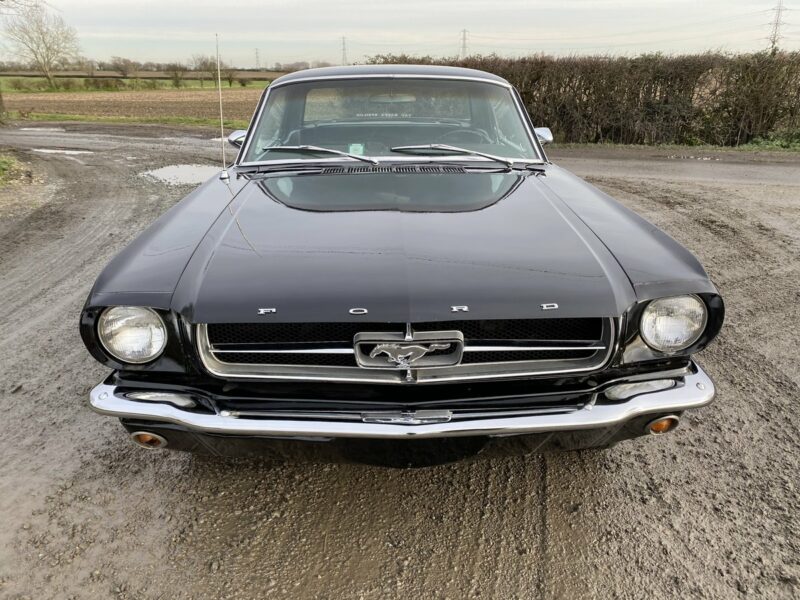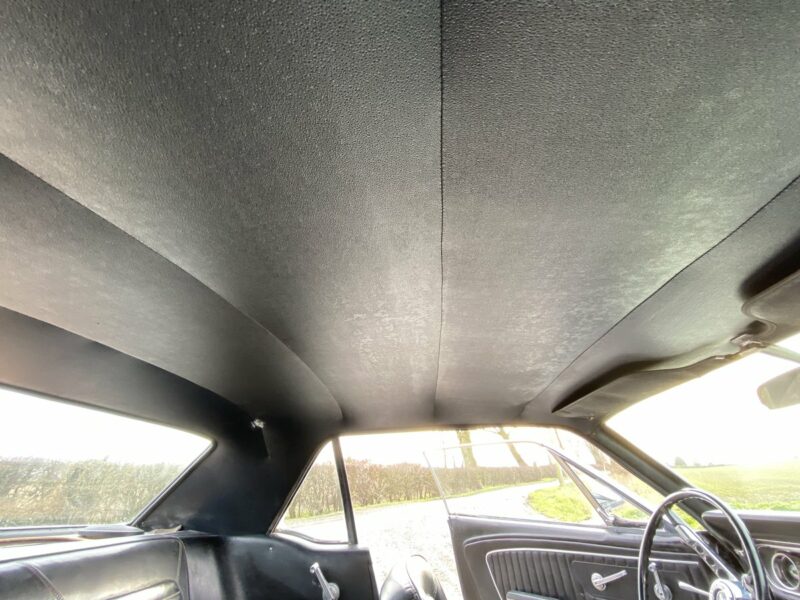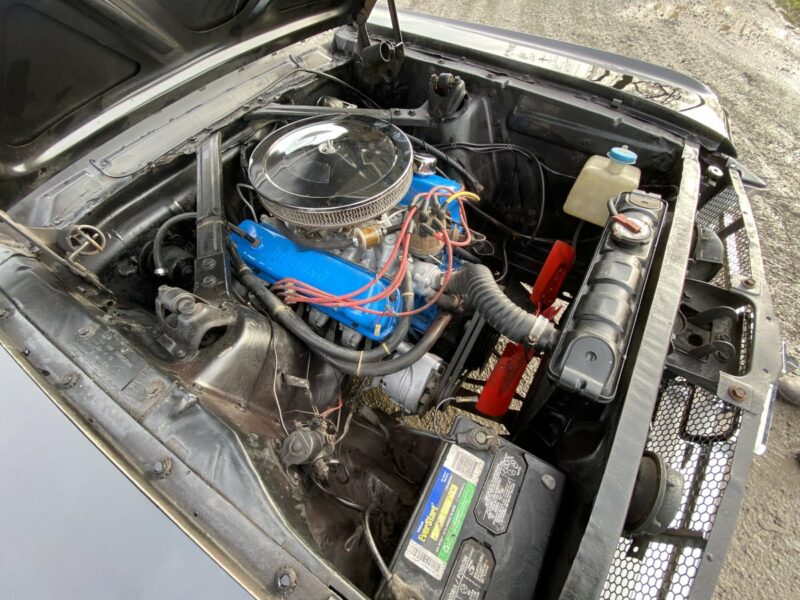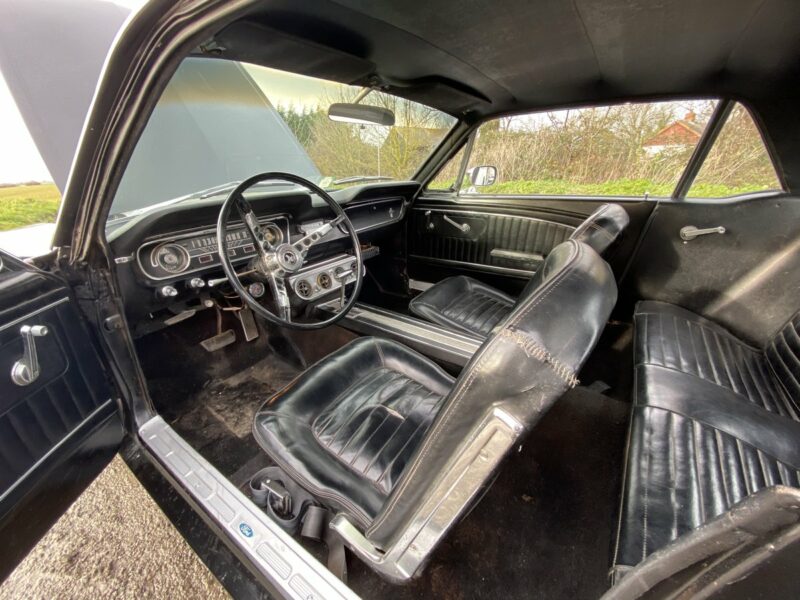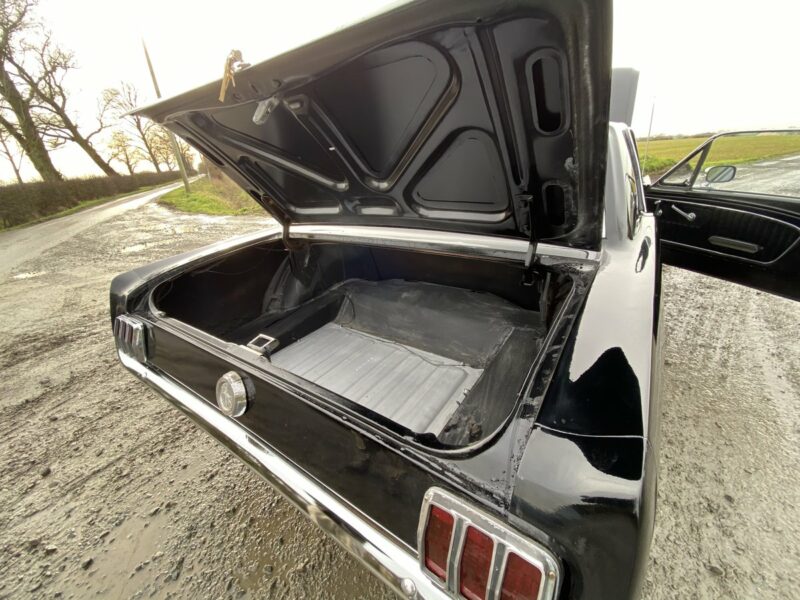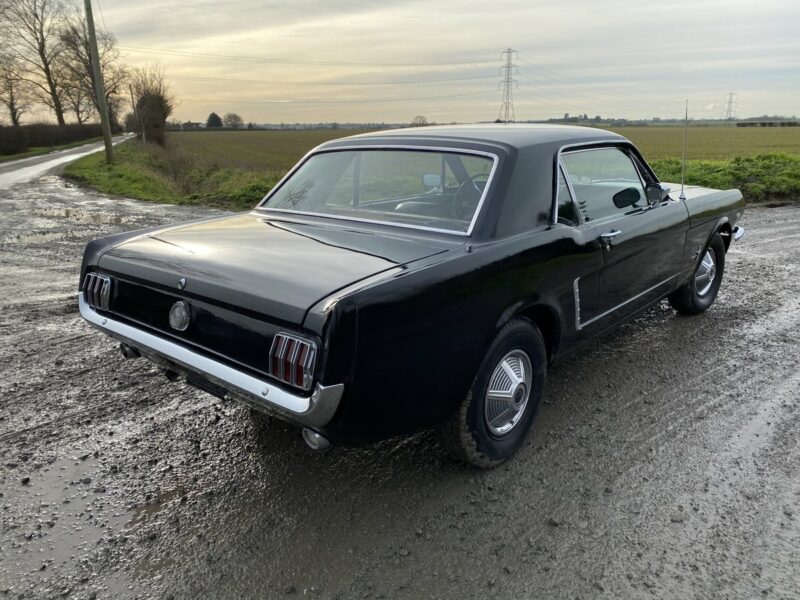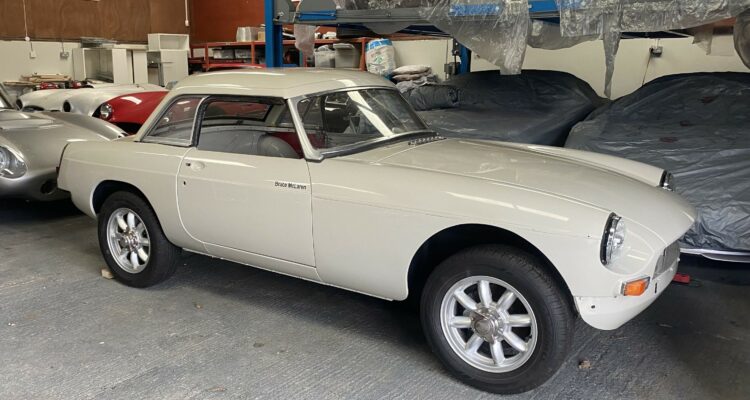1965 Ford Mustang – Project Profile
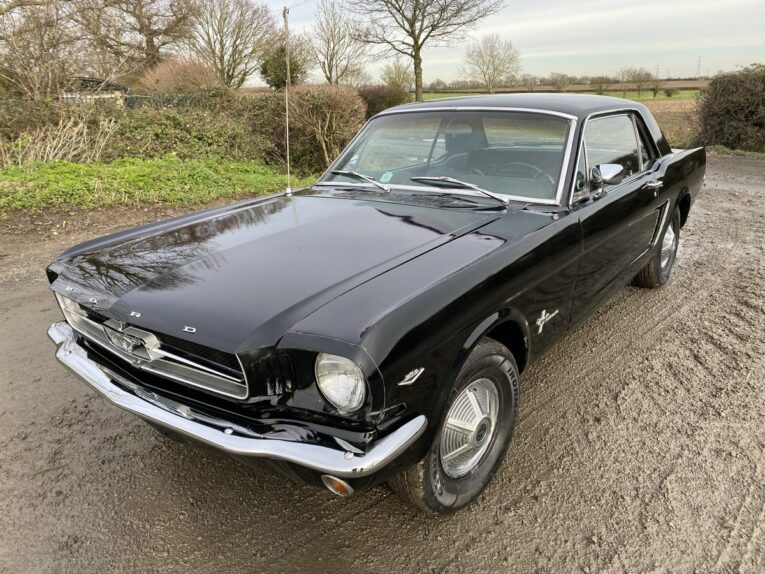
Arguably one of the most impactful cars ever produced the Ford Mustang changed everything. The original Pony Car defined an era and captured the zeitgeist of a time when the American public were yearning for something more, something exciting, and the Mustang fitted that bill perfectly. This was a car for the new rock and roll generation and the Mustang had that in spades. With a handsome, muscular body and a choice of engines and transmissions to cater to the ever-growing cravings of a younger breed of car buyers hungry for something different the Ford Mustang was pure automotive serendipity and Ford would go on to sell a million of the things within two years of the car’s launch in 1964.
The Mustang wasn’t a brand new car, strictly speaking. Based on the earlier Ford Falcon’s underpinnings the mustang used that vehicle’s reliable, proven drivetrain as a base and then Lee Iococca and his team at Ford developed a new, sleek body to sit on top, inadvertently creating one of the most famous cars to ever put tyre to tarmac. Initially available as a 2.8-litre six-cylinder auto and a 4.7-litre V8 manual, further eight-cylinder engines of varying displacements were added to the line-up over the years. It was also possible to choose one of three body styles: a coupé, fastback or convertible, further extending the appeal of the Mustang.
What is it?
This highly desirable, early example first-gen 1965 Ford Mustang is of the two-door coupé variety and looks fantastic in black with chrome trim. It has the V8 motor (which is the one to have over the slightly lacklustre six-pot) and an automatic transmission. Having spent a large part of its life tucked away in a garage in Texas the car was imported into the UK and fully registered where it now resides. As would be expected after having spent 32 years off the road some recommissioning was required but a lot of the work has already been completed and the car runs, drives and perhaps more importantly, stops.
Why is it a project?
Despite being roadworthy with an apparently healthy power plant and presenting well throughout with many new parts, the mustang does require some further fettling. This includes some slight repair work to the chassis. The term ‘rolling restoration’ would be apt in this instance and the car would make a great project for someone to use and improve as they go.
Five things to look for:
1) Rust
As mentioned, there is some remedial repair work required to the frame rails which comes as no surprise as these are problem areas for the Mustang. Don’t just take the seller’s word for it, however. Fully inspect the body and underneath for any areas of rust or damage and check around the windscreen for any bubbling. Make sure the drain holes aren’t blocked up too. This is a dry-stored car from Texas though that has benefited from new a new bonnet and boot lid as well as fresh bumpers and grille so there shouldn’t be too much to write home about with regards to corrosion.
2) Engine
As part of the recommissioning process of getting this Mustang running again a new fuel tank and fuel pump were fitted. Not only that but the carburettor was rebuilt and so the car now starts and runs, returning a respectable 45psi of oil pressure at idle. These old Ford V8s are pretty robust but if possible take the car out for a good run and give it a bit of an ‘Italian tune-up’ to see how it performs under load. Check for any smoking, leaking fluids or rattling which would be indicative of a tired motor. Rebuilds are simple, if costly and replacement engines are commonly available.
3) Brakes
Again, as with the engine, the brakes have been looked at to make sure they are in serviceable condition. This included all new slave cylinders, front flexible hoses and a new dual master cylinder so there shouldn’t be all that much to worry about as far as the anchors are concerned. It’s a drum affair all round on these early cars so without removing the wheels it’s going to be difficult to inspect but make sure the car stops effectively without any unwanted noises, vibrations or pulling to either side. Front disc conversions are an easy and effective weekend upgrade for the home mechanic should you wish for a little more stopping power however.
4) Interior
From the photos the matching black interior looks to be in pretty decent shape overall and the headlining and door cards look great. The seats may need some remedial repairs but it may be that a thoroughly good valet would be sufficient to breathe new life in to the upholstery. Check that all of the switchgear works and that all of the trim is present and correct. Missing or damaged parts are not a huge concern as everything is readily available and there is a thriving after market for these cars.
5) Originality
If originality is important to you (it will affect the price) then you’ll need to check the VIN and chassis numbers for confirmation. Check any paperwork that comes with the car and get in touch with a specialist or owner’s club if you need help deciphering any of the various codes. The car does have a V8 but has it been converted in the past from a six-cylinder? A simple way to check is by looking at the wheels. Original six-cylinder cars had four studs while the V8-equipped Mustangs had five.
What should you do with it?
Classic Mustangs are easy to own, run and maintain and there is excellent parts and specialist support so keeping this rolling resto on track should be a doddle. If it were our money we would immediately get it to the point of being able to drive it (if not already there) and then slowly bring it up to scratch whilst actually enjoying the thing. It can be all too easy to become disparaged with a project if it’s tucked away in a garage somewhere or under a cover. Being able to drive and enjoy the car whilst saving for parts or working on it at the weekend can be much more encouraging than waiting patiently for the day when it’s finally finished and you can take it out in the sunshine.

